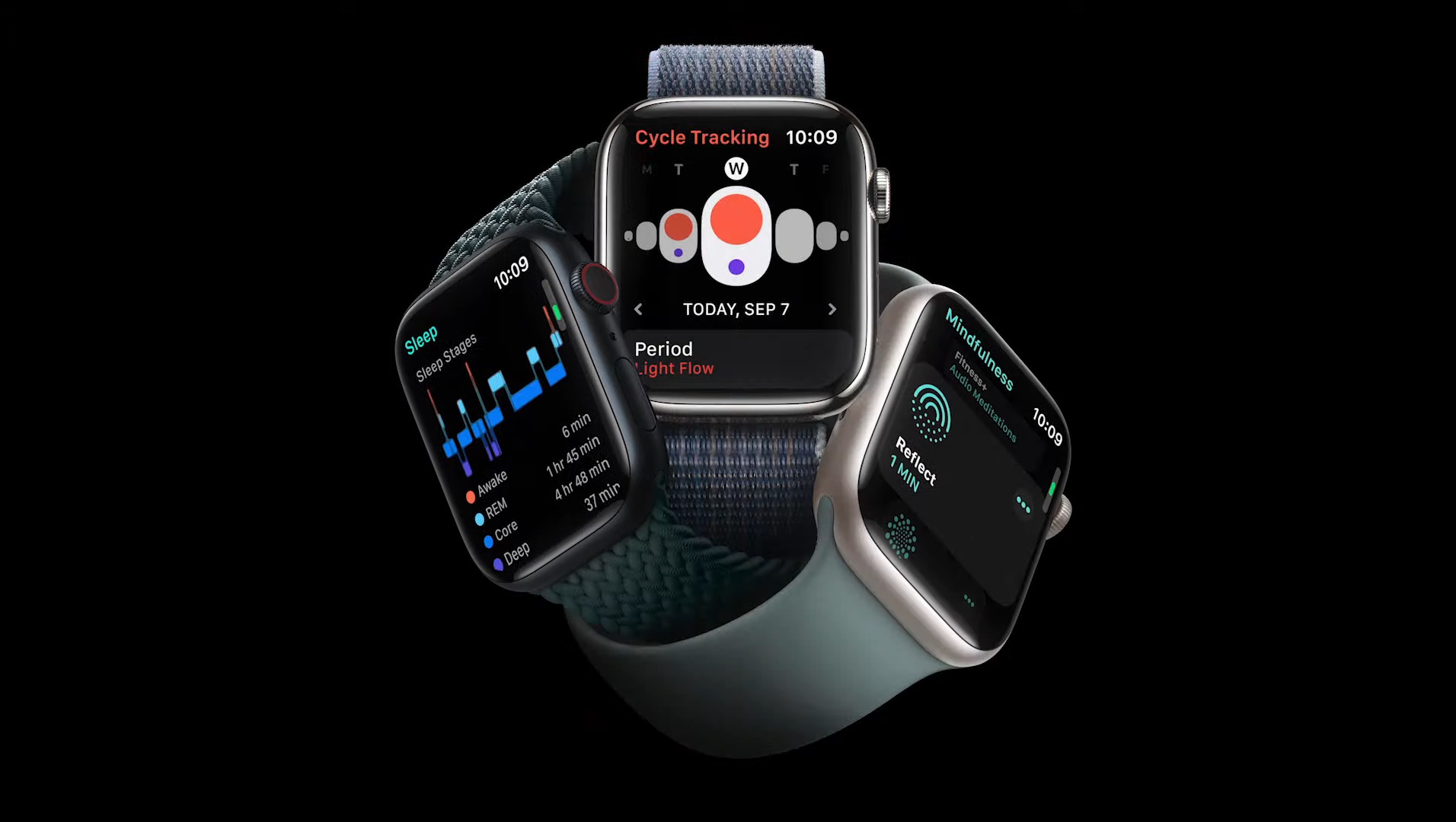The next time you ride on a rollercoaster you might want to leave your iPhone 14 behind, as users are reporting that their device’s crash detection is being set off by the rapid movement.
Crash detection is one of the iPhone 14, iPhone 14 Pro, and Apple Watch 8’s best new safety features. Using internal gyroscopes and other sensors, these Apple devices can detect if you’ve been involved in a car crash and alert emergency services or your emergency contacts automatically. It’s not perfect, but Apple also gives users the ability to cancel the alert manually within 10 seconds if their iPhone erroneously detected a crash.
However, when you’re strapped into a rollercoaster you can’t easily cancel this alert, and as some users have discovered (via The Wall Street Journal) it means that emergency services and contacts are alerted to a crash that never happened.
We’ve reached out to Apple about the situation and to find out if it has any solutions for the issue, if we hear back we’ll update this piece with what they say.
Analysis: the iPhone that cried wolf
If the feature has to be imperfect we’d much prefer the iPhone 14’s crash detection to be too sensitive than not sensitive enough. But if it keeps frightening emergency contacts and services with false positives, then Apple’s crash detection software could soon follow the parable of 'the boy who cried wolf'.
So what can you do?
Well if you are going on a rollercoaster, or taking part in another activity that could set off crash detection, then you might want to turn off crash detection on your iPhone or Apple Watch.
To do this on an Apple Watch 8, Apple Watch SE 2, and Apple Watch Ultra you’ll first need to access the Watch app on your paired iPhone. In the My Watch tab, tap on Emergency SOS and go to the Crash Detection section. Here you should see a toggle for Call After Serious Crash which you can set to Off and then confirm.
On your iPhone 14, iPhone 14 Plus, iPhone 14 Pro, or iPhone 14 Pro Max you need to head into your phone’s Settings app and then into Emergency SOS. Once again you need to toggle off Call After Severe Crash and then hit confirm.

In both cases, you’re not really turning off Crash Detection, just the alerts. This will make the service much less annoying if you find it’s picking up a load of non-existent crashes.
That said, turning off crash detection could be an issue if you then forget to switch it back on. Instead, we’d much prefer a quick Do Not DIsturb style setting, perhaps called Amusement Park Mode, in which you’d be able to disable Crash Detection alerts for a set period of time, with your iPhone reminding you the feature is switched off via an icon at the top of the screen. Alternatively, it could send you regular updates to remind you that Amusement Park Mode is on so that you eventually remember to switch it off.
We’ll have to wait and see if Apple comes up with a solution soon, otherwise their latest safety feature could wind up being its most annoying one instead.
Looking for more ways to use your iPhone? Check out our picks for the best iPhone apps.
Source: TechRadar